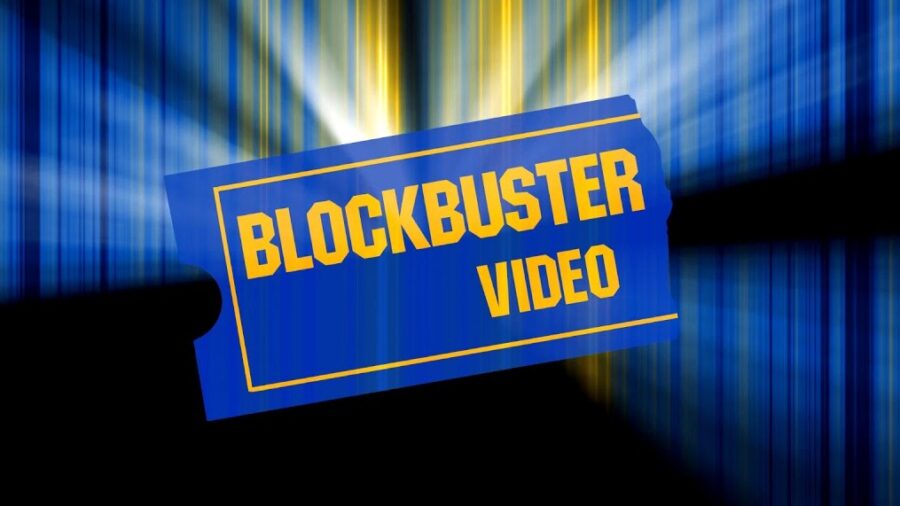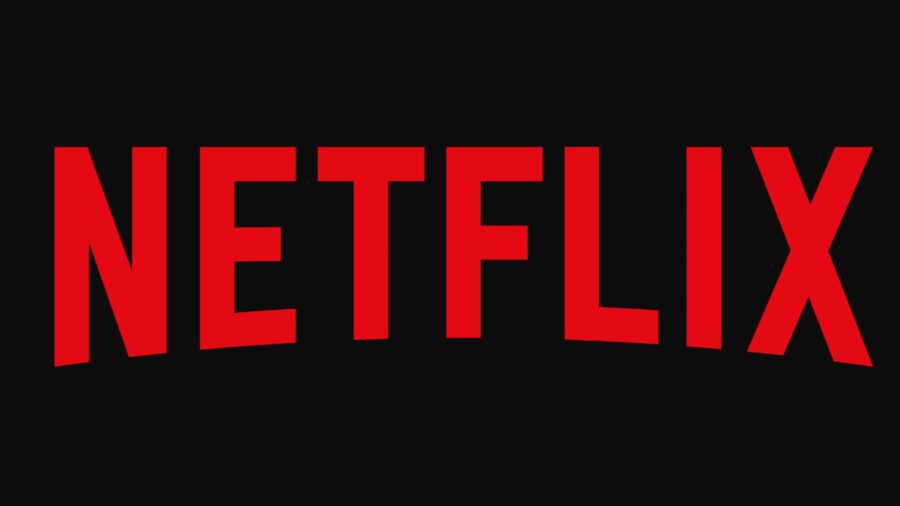Netflix Is Headed Towards The Same Fate As Blockbuster
Netflix is facing a loss of subscriber revenue and third-party content at the same time as its expenses for original content increase.
This article is more than 2 years old

Streaming giant Netflix may be headed to the same cultural irrelevance as Blockbuster Video, the once-dominant VHS and DVD rental retail outlet. In an article in The Globe and Mail, York University Professor Kean Birch (also the director of York University’s Institute for Technoscience and Society at York University), said Netflix may be doomed to a gradual decline and failure, just as its former rival Blockbuster. In essence, while Netflix appears to be king of the hill among streaming services at the moment, the effects of competition from multiple fronts will most likely cause it to increasingly lose subscribers in the near future.
Netflix originated as a DVD rental and sale service in 1997, a time period in which retail rental centers like Blockbuster and Hollywood Video bestrode the world of home entertainment like colossi. Famously, Blockbuster turned down the opportunity to purchase Netflix for $50 million in 2000, with insiders describing the negotiation as the smaller company being “laughed out of their office.” Netflix currently reports having over 220 million active subscribers, while Blockbuster filed for Chapter 11 bankruptcy in 2010.
However, times have changed for Netflix nearly as much as they once did for Blockbuster. While the former was far from the first service to provide streaming video content to consumers, it did manage to corner the market after it converted primarily to streaming over providing physical DVDs in 2007. Since then, virtually every production studio has developed its own proprietary platform for streaming services, hence the gradual rise of HBO Max, Hulu, Disney+, Paramount+, and many others.

While it is to be expected that competition could possibly lead Netflix to a Blockbuster-like fate, that is actually only one aspect of the problem for the company. Unlike HBO Max (which is owned by Warner Bros. Discovery), Hulu and Disney+ (both owned by the Walt Disney Company), or Paramount+ (Paramount Pictures, obviously), Netflix began as a company that essentially acted as a middle-man from content catalogs to consumers. Although Netflix began developing its own content in 2013, that still means that a disproportionately large percentage of its online library is contractually leased from other companies.
Now that other companies like Warner Bros. Discovery and Disney have successfully developed their own streaming services with customer bases, they are incentivized to take back the portions of their libraries they leased to Netflix in the past. Even if Netflix works overtime to produce its own original content, the company is still constantly losing movies and shows to the original companies. That has a two-fold effect: it makes Netflix less appealing to new and existing subscribers and increases their operating costs for developing original content.
That means at the same time that Netflix is losing subscriber revenue to its competitors, it is also spending more money to compensate for the gradual loss of its library options. As anyone could tell you, the formula of less money in, more money out is not a great one for any company. If Netflix does not want to become the new Blockbuster, it is going to have to figure out some way around that equation (hopefully not by making us stop sharing passwords).











